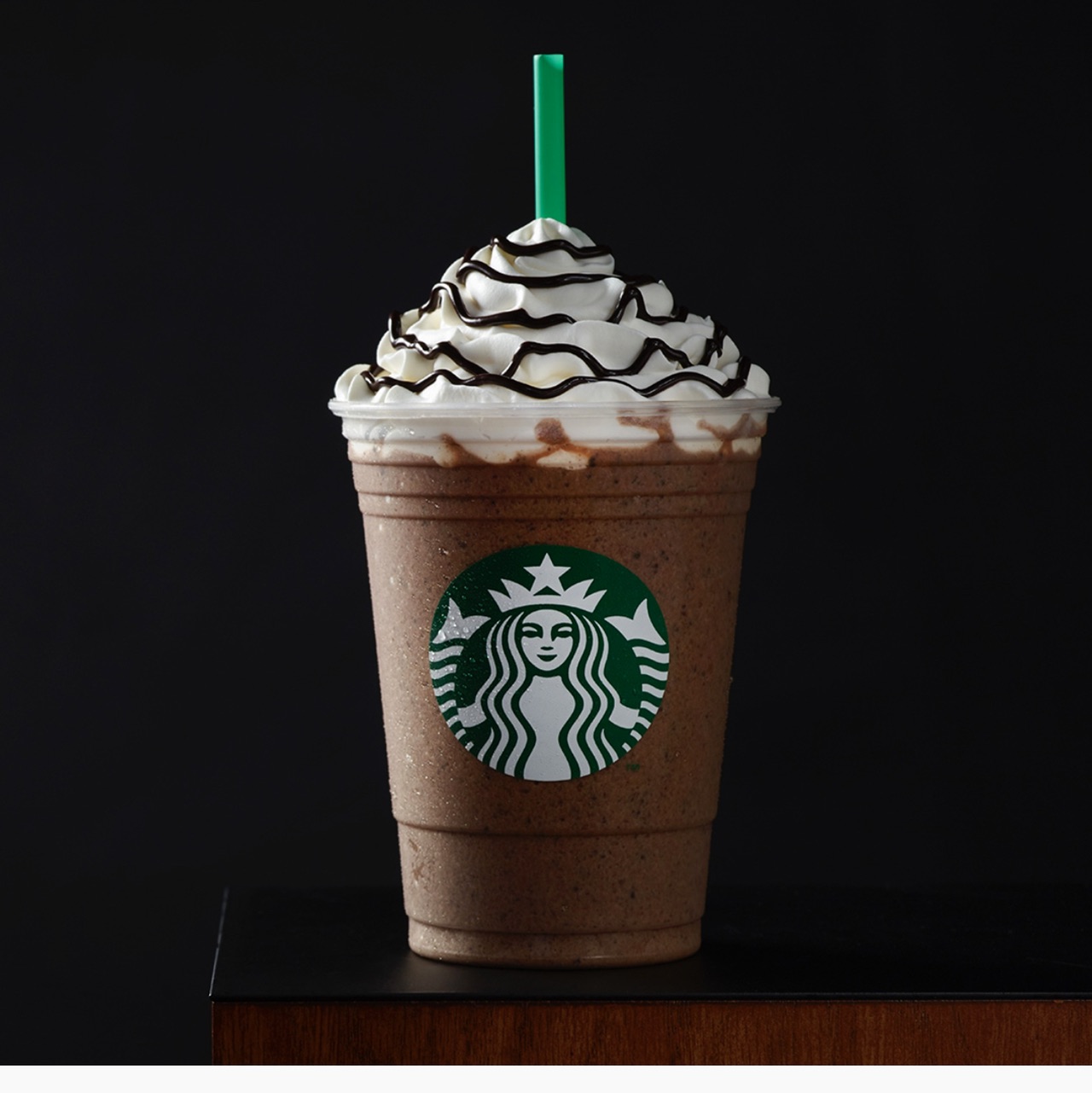
TanjiroK
No personal profile
106Follow
3Followers
0Topic
0Badge
Like pls thx
The Meme Stock Trade Is Far From Over. What Investors Need to Know.
Like n comment tks
Sorry, the original content has been removed
Like and com tks
Wall Street ends sharply higher, led by surging Dow
Like and comment tks.
Nike, FedEx, Johnson & Johnson, Darden, and Other Stocks for Investors to Watch This Week
Like pls thanks
Sorry, the original content has been removed
Nice. Like pls thx.
Apple at Fresh Record High on iPhone Production Boost Report, JPMorgan Upgrade
Like pls thx
Dow narrowly misses first close at 35,000 but all 3 stock indexes log back-to-back record finishes ahead of bank earnings
Like & comment pls, tqvm ?
Sorry, the original content has been removed
Nice ?
Tesla stock was up 2% in early trading following an upgrade to ‘buy’ from Jefferies with a target of $850 from the previous $700.
Like thx
Here Is The One-Word Reason Why JPMorgan Just Raised Its S&P Target To 4,600
Comment & like tks
MoneyGram Jumps on Reported Takeover Interest From PE Firm Advent
Comment & like thx
Sorry, the original content has been removed
Nice. Like and comment tqvm!
Sorry, the original content has been removed
Oh.
Sorry, the original content has been removed
Like tks
Chase, Delta, Goldman Sachs, PepsiCo, and Other Stocks to Watch This Week
Like and comment pls tks
Suze Orman worries about a market crash — here's what you should do
Great. Like and comment pls thanks
The S&P 500 Notches Its Second-Best First Half Since the Dot-Com Bubble. What Comes Next.
Comment & like pls tks. ?
Adobe Getting Lift From Economic Reopening Post-Pandemic
Nice, like pls tks
2 Reasons Netflix Will Win Its Merchandising Gambit
Like and comment tks
Virgin Galactic fell over 7% in morning trading
Go to Tiger App to see more news